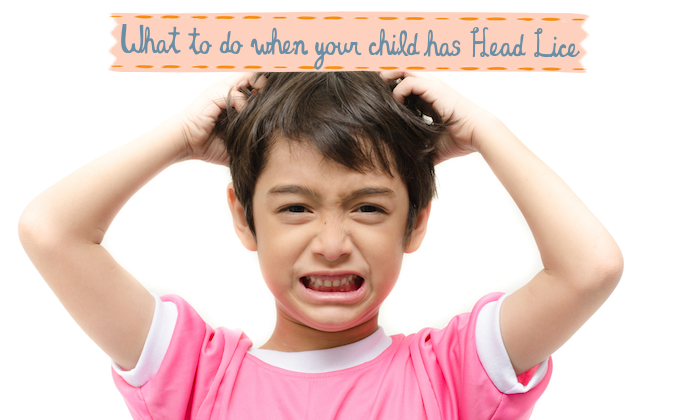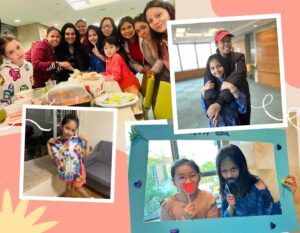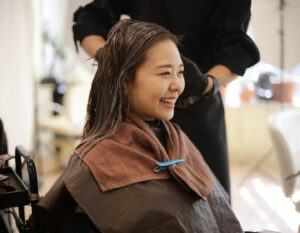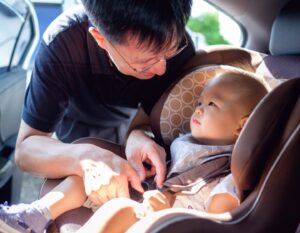
 Post Category - ParentingParenting
Post Category - ParentingParenting Post Category - Health & WellnessHealth & Wellness - Post Category - WellnessWellness
Post Category - Health & WellnessHealth & Wellness - Post Category - WellnessWellnessHead lice (medical name: pediculosis) is many a mama’s worst nightmare – I bet just reading this you’ll start to absentmindedly scratch your head! Here are the facts, mama:
Head lice are parasites that live on the human head.
The main transmission is from human-to-human contact. Another possible method of transmission is contact with clothing or belongings (such as a hat, jacket, hair brush, or towel).
The age most children contract lice is between 3-10. And children who attend school or childcare are the most at risk. Children in this age group tend to over share and participate in more human-to-human contact.
Head lice is very common. Medicinenet.com estimates 1 in 10 children at school contract Head lice at some point in time.
Head lice can be found on the head, eyebrows, eyelashes and even on body hair! The parasite holds on to the hair strand using the six short legs on its torso.
Signs of infection include, vigorous scratching of the head, a tickling feeling in the hair, and sores(sometimes infected) on the scalp.

The best way to check and diagnose head lice is to look into the hair and search for either a live head lice or a nit (egg on the hair follicle about ¼ of a centimetre from the scalp). The adult animal may be hard to find as they do move fast.
Over the years, both my children (a boy and a girl) have had head lice. The best way I found to diagnose head lice was to lather their heads with conditioning treatment onto dry hair. (Don’t be shy with the amount of conditioner — the more, the better.) Once a thick coverage is established, sit with a metal tooth comb and LOTS of paper towels.
Comb the conditioner through with a fine-tooth comb to get most knots out of the hair, working systematically from one side of the head to the other with the comb (metal flea combs for cats and dogs are also useful, according to the CDC). The conditioner stuns the adult head louse for 20 minutes and allows you to capture them on the paper towel. Once on the paper towel, feel free to kill the animal between your two thumbs.
Head Lice have a short life cycle and the aim should be to break that life cycle and thus eradicate them.

Treatment
There are specialised lice shampoos (malathion) that kill the Lice insect chemically. However, the chemicals also have a strong odor, tend to be harsh on the hair strands and if the same treatment is used over time the louse can become immune to it.
The most effective way to eradicate the infection is to use a white, thick hair conditioner. Lather the dry hair with the conditioner and comb and comb until no more bugs come out on the comb. Wash the comb in boiling water for 20 minutes and continue the same action the following day.
Continue doing this for 1 week, DAILY and then every second day for a further week. This captures all louse that hatch from the eggs, dislodges the eggs from the slippery conditioner, and provides protection from re-infestation as the lice that survive are not only captured in the following day’s combing, but cannot attach more eggs on the hair that is coated from the conditioner. Your children will have silky hair and no lice — thanks Mum! I have used this method personally for 10 plus years and it’s been more effective for my family than chemical treatments.

Natural remedies like coconut oil, olive oil and tea tree oil are all worth a try for those averse to chemicals, but scientific results are mixed in demonstrating effectiveness compared to chemical treatment and the use of a fine-tooth comb.
Don’t forget to wash all clothing (including hats and hair ties), towels and bed sheets that the child has been in contact with previously, and dry them on high heat in the dryer. Vacuum the carpets and flooring to remove any fallen hair that may contain a viable nit. Seal stuffed animals in plastic bags for two weeks to ensure the lice are killed off.
Remember mamas: BREAK THE CYCLE, that’s the key! (And yes I am scratching my head as I write this article – automatic reaction!).
References
www.cdc.gov/parasites/lice/head
www.medicinenet.com/head_lice/article
 View All
View All











 View All
View All





 View All
View All


 View All
View All













